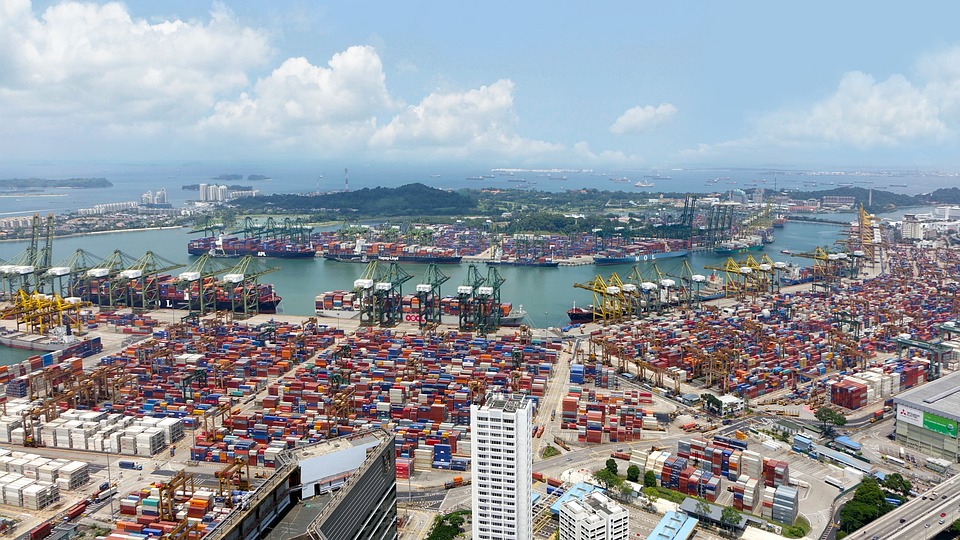
When "15 Days" Meets "Five Ten-Thousandths": The Math Problem of Customs Late Fees
I recall handling a shipment of mechanical parts imported through the Shenzhen port in 2019. The client delayed tax payment by three days due to financial handover issues, resulting in an additional penalty of over 20,000 yuan. This "0.05%" figure may seem insignificant, but like a snowball, it can rapidly accumulate into substantial costs within a short period. According to Article 60 of the Customs Law, the calculation formula for this magic number is quite straightforward:
- Late - fee = Delinquent tax amount × 0.05% × Number of delinquent days
- Minimum threshold:Less than 50 yuan is exempted (but this rarely occurs in practice).
- Calculation starting point:It starts to be calculated from the day after the expiration of the payment period (the 16th day).
The New "Late Fee Trap" in the Era of Electronic Payments
With the implementation of the new-generation electronic payment system under Announcement No. 74 of 2018 by the General Administration of Customs, new changes have emerged regarding the issue of late fees. Last year, a Suzhou-based company encountered a situation where, while making a payment through the "Single Window" system, a delay in the bank's processing caused the tax bill status to remain as "payment processing" beyond the deadline, ultimately resulting in the imposition of late fees. Here, special attention must be paid to three major pitfalls in electronic payments:
- Instruction sending time limit:The deduction instruction must be sent within 15 days.
- Holiday extension rules:The deadline can be extended if it falls on a holiday, but the system will not remind automatically.
- Payment status monitoring:"Payment in process" does not equal "Payment completed."
Leased goods: the "hotspot" for late fees
Article 35 of the Measures for Tax Collection Administration specifically stipulates that for imported equipment with rent paid in installments, tax must be declared within 15 days after each rent payment. I have witnessed a case where an aviation leasing company incurred a late fee of 370,000 yuan for a single invoice due to missing the declaration period. Special attention should be paid to such businesses:
- Double time nodes:Rent payment date + 15 - day declaration period
- Time limit for purchase at the end of lease / lease renewal:Procedures must be completed within 30 days after the expiration of the lease term.
- Tax rate locking mechanism:If overdue, tax will be calculated according to the tax rate on the discovery date.
Late - fees VS additional tax assessment: The power of the 3 - year retroactive period
According to Article 51 of the Customs Tariff Regulations, customs has a 1-3 year retroactive period for under-collected/omitted duties. However, if it is caused by corporate violations, the late fee calculation will exhibit a "dual retroactivity" characteristic:
- Regular tax supplement:Within 1 year from the date of tax payment / release, the tax shall be supplemented according to the original tax rate.
- Tax recovery for violations:Within 3 years from the date of the occurrence of the violation, it can be traced back to the date of tax liability.
- 16. Special circumstances:For violations of supervised goods, it shall be calculated from the date of tax liability.
Practical guide to e - payment: Avoid late - fees in three steps
Based on Announcement No. 169 of the General Administration of Customs in 2018, it is recommended that enterprises operate according to the following procedures:
- Sign in advance:Complete the electronic signing of the tripartite agreement among "Customs-Bank-Enterprise" in a single window.
- Double confirmation:Immediately download the electronic Customs Special Payment Voucher after the payment is completed.
- Exception handling:In case of payment failure, re - pay immediately and do not wait for the system to handle automatically.
Special reminder: The new-generation electronic payment system does not allow manual verification. Once a "Payment Failed" status appears, you must proactively reinitiate the payment instruction.
Those "Pitfalls" of Late Fees We've Stepped Into Over the Years
Finally, share the lessons from several real cases:
- Exchange rate fluctuation pitfall:The exchange rate of a certain company suddenly changed when it was about to make a payment on the 14th day, and the delay was caused by raising funds temporarily.
- System time pitfall:The electronic payment was submitted at 23:59, and it was judged as overdue due to the system time error.
- Associated declaration pitfall:Processing trade enterprises incur late fees for imported materials due to the delay in manual verification and write - off.
Please note that customs authorities do not accept the notion of "ignorance of the law excuses no one" when it comes to late payment surcharges. It is advisable for companies to establish a tax calendar system and set up dual reminders on the 12th day after the issuance of the payment notice. After all, this "0.05% per day" cost may even exceed the interest rate of bank loans!


 Follow Customer Service WeChat
Follow Customer Service WeChat